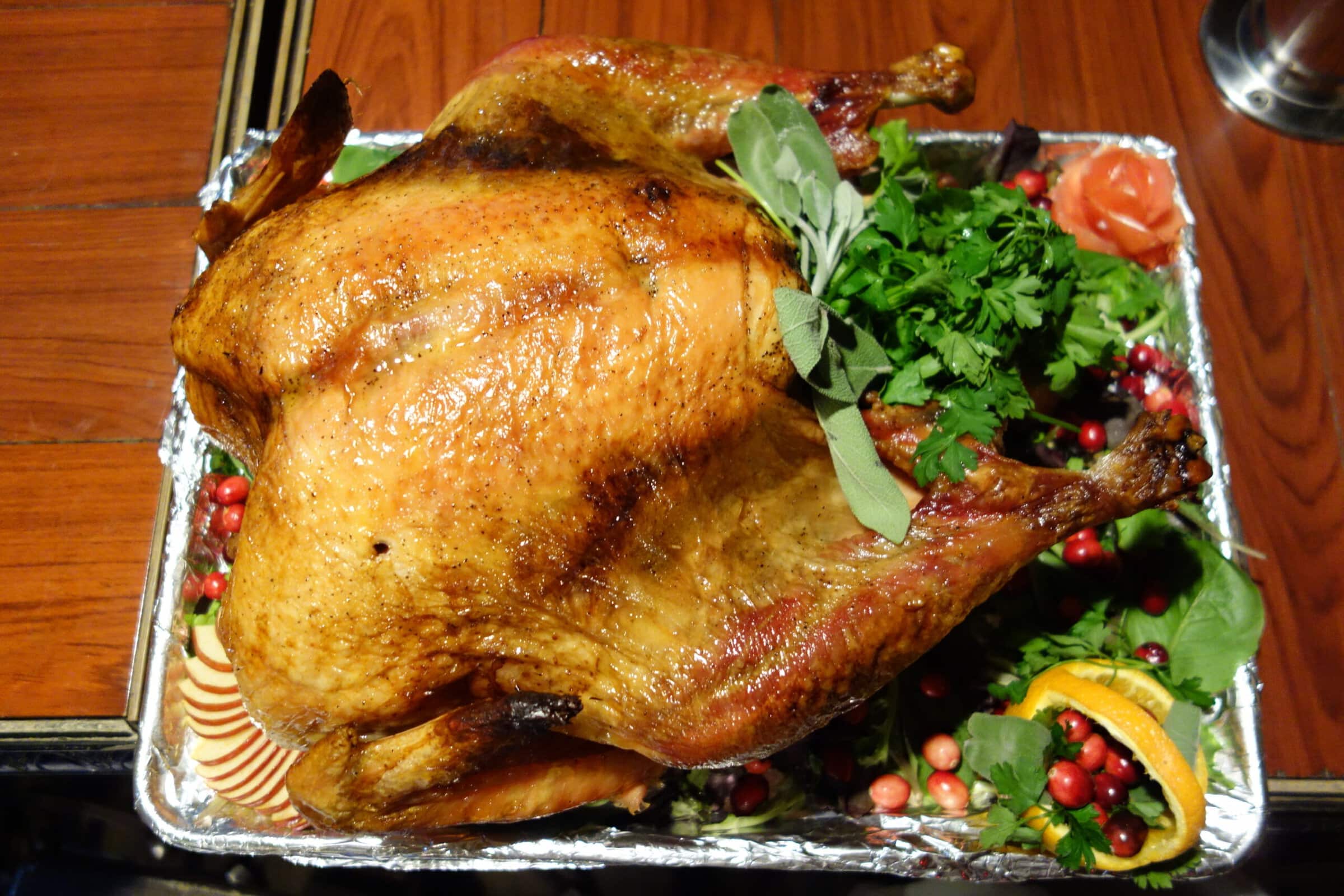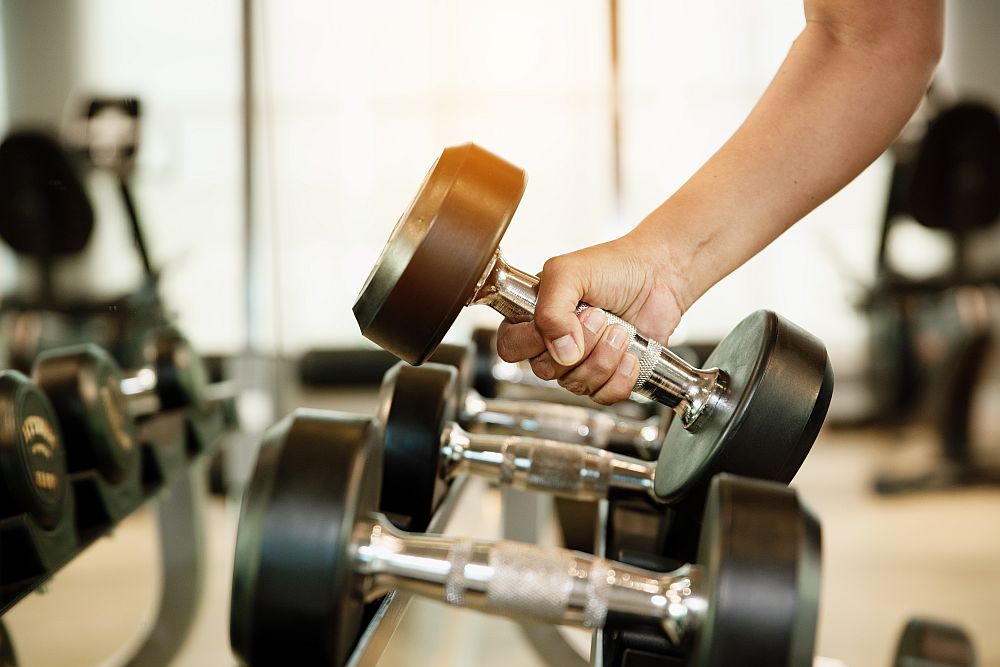
[Image above] The perfect Thanksgiving turkey. Credit: icoNYCa; Flickr CC BY 2.0
I’ll be the first to admit that I will drive across town to purchase the perfect apple pie from my favorite bakery before attempting to bake one from scratch.
I trust the expertise of others and often choose to spare my friends and family from my test kitchen experiments—especially around big feasting holidays like Thanksgiving, where successfully executed recipes can make or break your annual traditions… not to mention your own reputation.
No one wants to be remembered for the rubbery, insipid vegetable dish or the charred-beyond-recognition turkey.
Even though cooking isn’t my thing, I’m still fascinated by the science behind what makes food taste so delicious. This year, I’m hoping to glean a few nuggets of wisdom from the experts who use the magic of food science to their advantage.
For example, have you ever “spatchcocked” your Thanksgiving turkey?
Food scientist J. Kenji López-Alt—who’s also author of the cookbook, The Food Lab: Better Home Cooking Through Science—doesn’t cook his bird any other way. But he says it’s actually a pretty easy technique.
“To butterfly (a less fancy term for spatchcock) a bird, all you’ve got to do is use a pair of sharp poultry shears to cut out the spine, then flatten it, with its skin side up, by pressing down firmly on the breastbone,” López-Alt explains in a Digg.com article.
López-Alt goes on to explain that any poultry—chicken, turkey, Cornish hen—can be approximated as a sphere. The meat is on the inside and the skin on the outside. When we cook that sphere using traditional pan-roasting methods, one side (the bottom) will always cook more than the other.
“A spatchcocked chicken, on the other hand, resembles a cuboid, in which the top surface is skin and most of the volume is meat. This leads to three end results: First, all of the skin is exposed to the full heat of the oven the whole time. There is no skin hiding underneath, no underbelly to worry about. Second, there is ample room for the rendering fat to drip out from under the skin and into the pan below. This makes for skin that ends up thinner and crisper. Finally, all of that dripping fat distributes heat energy over the meat as it cooks, both helping it to cook more evenly and creating a temperature buffer, protecting the meat from drying out,” López-Alt explains.
And now the table is set for one of the most important flavor-producing reactions in the culinary sphere: the Maillard reaction, named after Louis-Camille Maillard, the French chemist who first described the process in 1912 during an attempt to reproduce biological protein synthesis.
Although it’s sometimes called the “browning reaction,” there’s more to it than that. It’s a specific type of chemical reaction between amino acids and reducing sugars that creates brown pigments in cooked meat and gives browned food that rich, complex flavor. That includes the coveted crisp, brown skin on your Thanksgiving bird.
But what about our vegetarian friends? Scientists are working in your favor, too.
According to a recent video from the American Chemical Society Reactions YouTube series, scientists estimate that there will be approximately 9.6 billion humans to feed on the planet by 2050—and due to those extreme consumption rates we’ll require a 73% increase in livestock production to handle it.
But livestock is currently responsible for 15% of the world’s greenhouse gas emissions. And one pound of beef requires up to 24,000 gallons of water to produce.
Knowing that meat production isn’t sustainable (and that other alternatives might bug you), scientists are working to develop better meatless meat options that will better compare in flavor and texture to the real deal. Check out the video below.

Credit: American Chemical Society Reactions; YouTube
Author
Stephanie Liverani
CTT Categories
- Basic Science
Related Posts
‘Fairy circles’ may help mark natural underground hydrogen deposits
September 18, 2025


